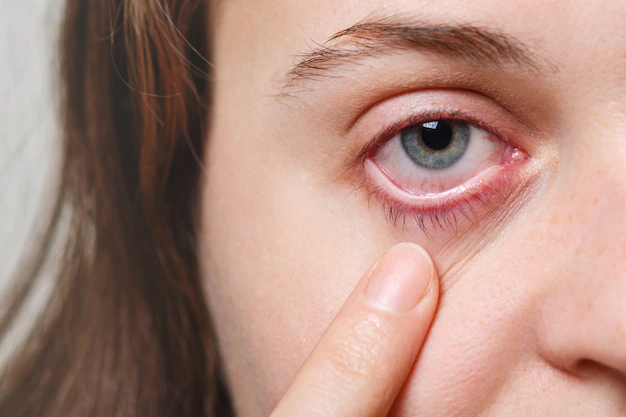Dry Eye Syndrome

Dry eye syndrome, also known as keratoconjunctivitis sicca, is a common condition that occurs when the eyes do not produce enough tears or when the tears evaporate too quickly. This can lead to a range of symptoms, including dryness, burning, itching, redness, and sensitivity to light. In severe cases, it can even cause vision problems.
There are several factors that can contribute to dry eye syndrome, including aging, hormonal changes, certain medications, medical conditions such as rheumatoid arthritis or Sjogren’s syndrome, and environmental factors like dry or windy conditions, air conditioning, or prolonged use of a computer or smartphone.
Treatment for dry eye syndrome typically involves using artificial tears to lubricate the eyes, avoiding dry or windy conditions, using a humidifier, taking breaks from prolonged computer or smartphone use, and in some cases, using prescription eye drops or other medications. In severe cases, surgery may be necessary to block the tear ducts and help the eyes retain more moisture.
Prevention of dry eye syndrome includes maintaining good eye hygiene, avoiding irritants like smoke or dust, and wearing protective eyewear in windy or dusty environments. It is also important to stay hydrated and eat a healthy diet rich in omega-3 fatty acids, which can help support healthy tear production.
